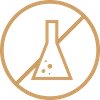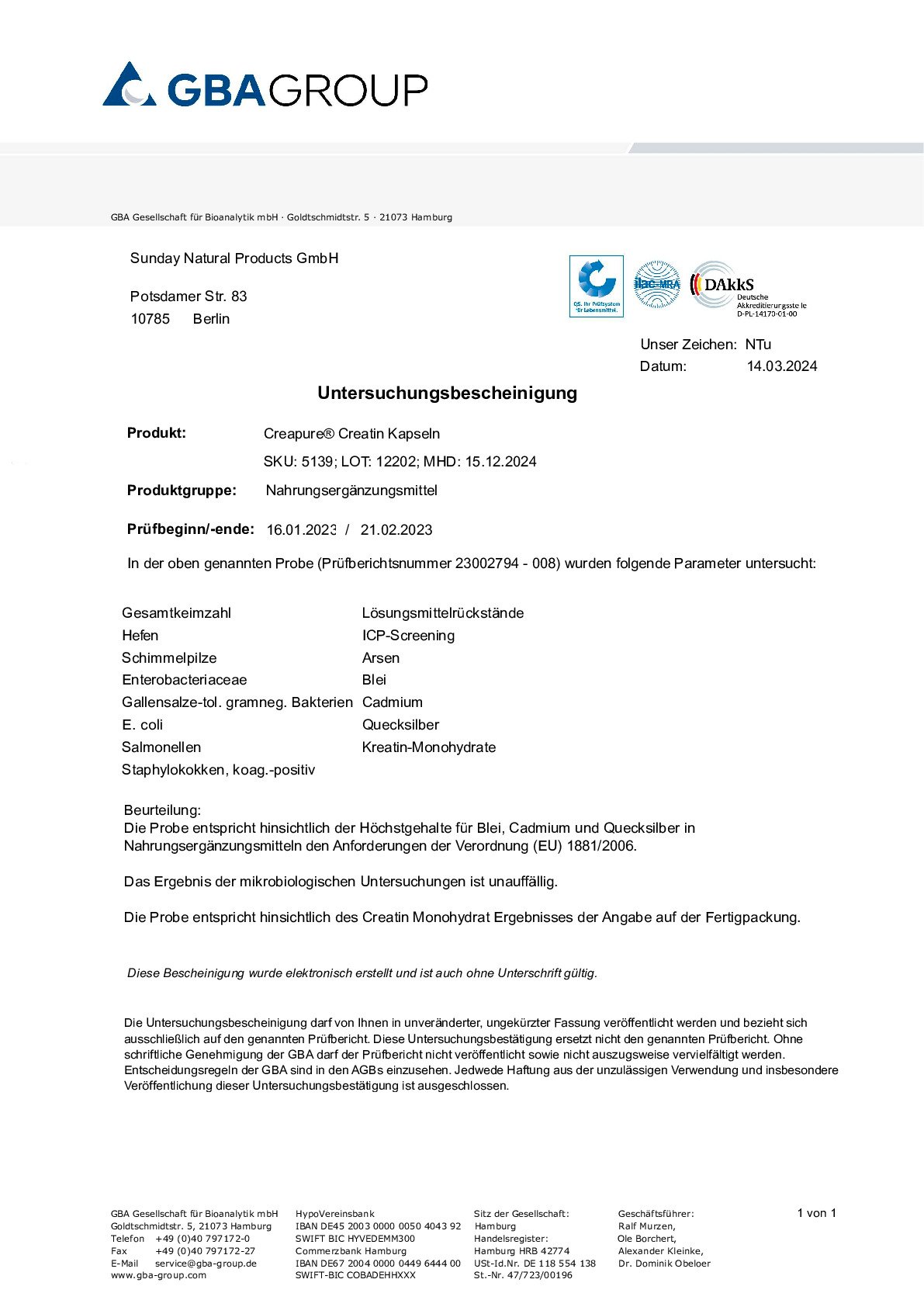Creatine is an endogenous compound which plays a central role in energy supply for the brain and muscles. About 90% of creatine is stored in the skeletal muscles in order to supply them with quick energy when needed. The brain also produces large quantities of creatine to secure a source of energy during times of stress.
Creatine and Energy
The body primarily stores energy derived from food in the form of ATP (adenosine triphosphate), the predominant energy storage molecule of the body. During moments of intense strain, muscle cells can require so much energy that stored ATP is depleted quickly.
When used, ATP releases a phosphate group, thus producing energy and converting ATP to ADP (adenosine diphosphate). With time this ADP can be converted back into ATP with energy from consumed food. A second, faster method of ATP regeneration, however, relies on creatine.
Creatine also serve as an energy storage molecule in the form of creatine phosphate. When ATP reserves in the muscles are low, creatine phosphate passes its phosphate group to ADP, thus converting it back into ATP and providing the muscles with more energy. This process functions only as long as sufficient creatine is available. During periods of rest, creatine is converted back into creatine phosphate and energy reserves in the muscles are recharged must faster than is possible through ATP synthesis.
Sufficiently high creatine levels can thus improve the performance and endurance of the muscles. The same also applies to the brain, which requires about 20% of the body's total energy. By providing the brain with energy, creatine also fulfils an important role in the nervous system.
Creatine is additionally an important "energy shuttle": it is used by the body to quickly transport energy from the mitochondria to the places where it is most needed. The transport of creatine phosphate is much easier and faster than the direct transport of ATP.
Creatine and Methylation
Creatine also has an indirect effect on methylation. Methyl groups are transmitted primarily via S-adenosyl methionine (SAM-e) and this process plays an important role in the regulation of genes as well as the synthesis of hormones and neurotransmitters. Approximately 40% of SAMe is used for the synthesis of creatine. By absorbing creatine from other sources such as food and supplements, the expenditure of SAMe for creatine synthesis is reduced, thus freeing up SAMe for other functions in the body. It is believed that this is why many people report a general improvement in well-being when taking creatine.




























